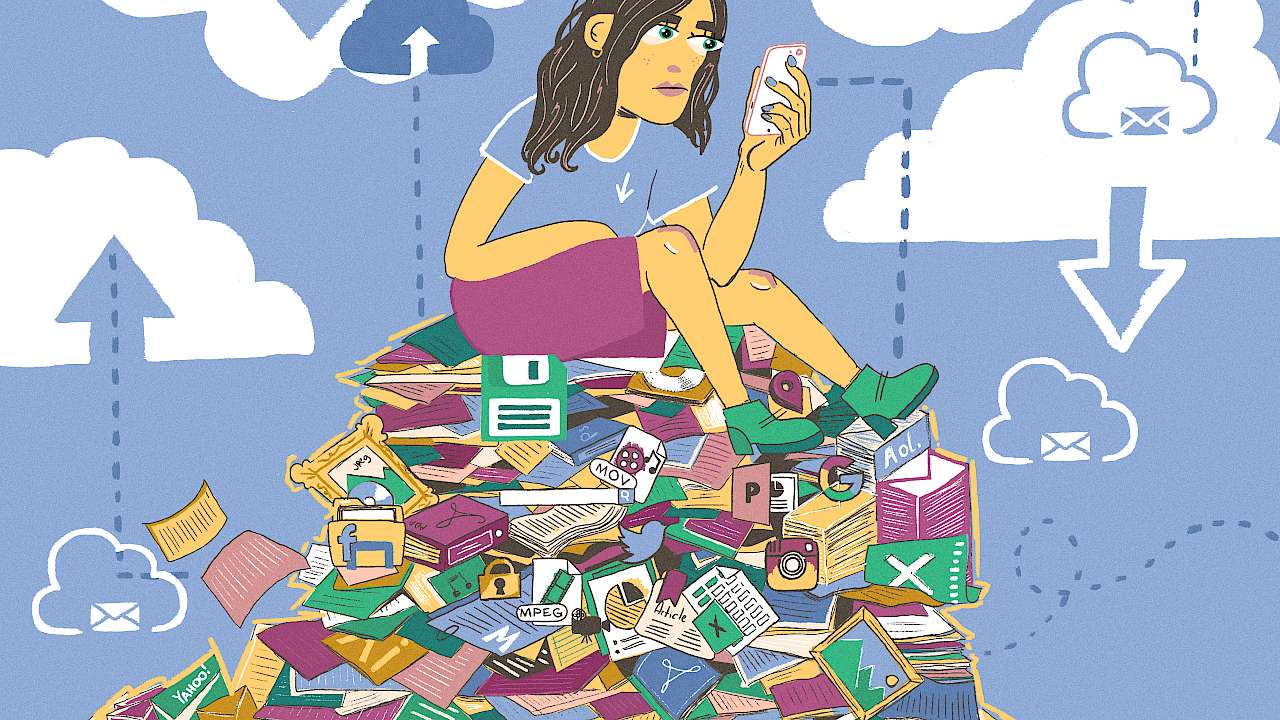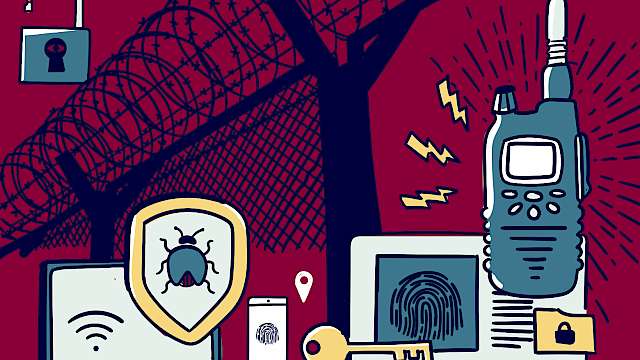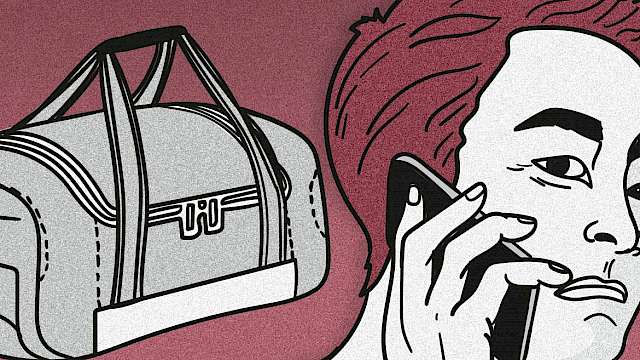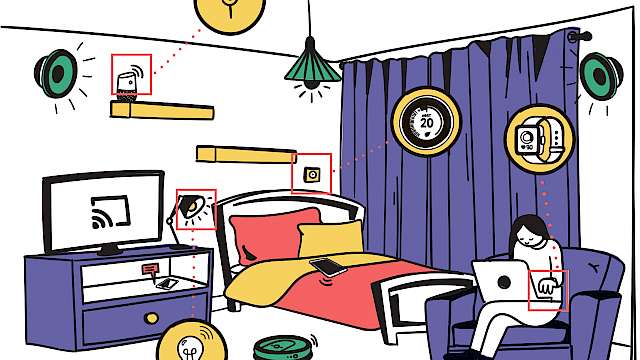Digital hoarding has been defined as “…the accumulation of digital files to the point of loss of perspective, which eventually results in stress and disorganisation”. Whilst there is clearly no adverse impact on physical living spaces, personal and professional life may still be negatively affected by such behaviours and the host organisation may suffer as a function of operational inefficiencies resulting from excessive digital clutter.
In addition, digital hoarding has clear implications for cybersecurity and data protection within organisations. With this in mind, developing a greater understanding of the different characteristics of individuals with data hoarding tendencies will enable organisations to mitigate these cybersecurity risks.
This report finds that:
- in a range of organisations, digital hoarding is very common (especially for emails)
- individuals with data protection responsibilities accumulate and retain more digital files than those without such responsibilities
- lack of deletion is typically driven by the demands of the job
- individuals are aware that digital hoarding might lead to negative consequences for themselves and their organisation yet persist in this practice
- Individuals scoring higher in physical hoarding personality characteristics are more likely to display digital hoarding behaviours
- there appears to be four different types of digital hoarders: the ‘Collector’, the ‘Accidental Hoarder’, the ‘Hoarder by Instruction’ and the ‘Anxious Hoarder’.
Copyright Information
As part of CREST’s commitment to open access research, this text is available under a Creative Commons BY-NC-SA 4.0 licence. Please refer to our Copyright page for full details.
IMAGE CREDITS: Copyright ©2024 R. Stevens / CREST (CC BY-SA 4.0)






